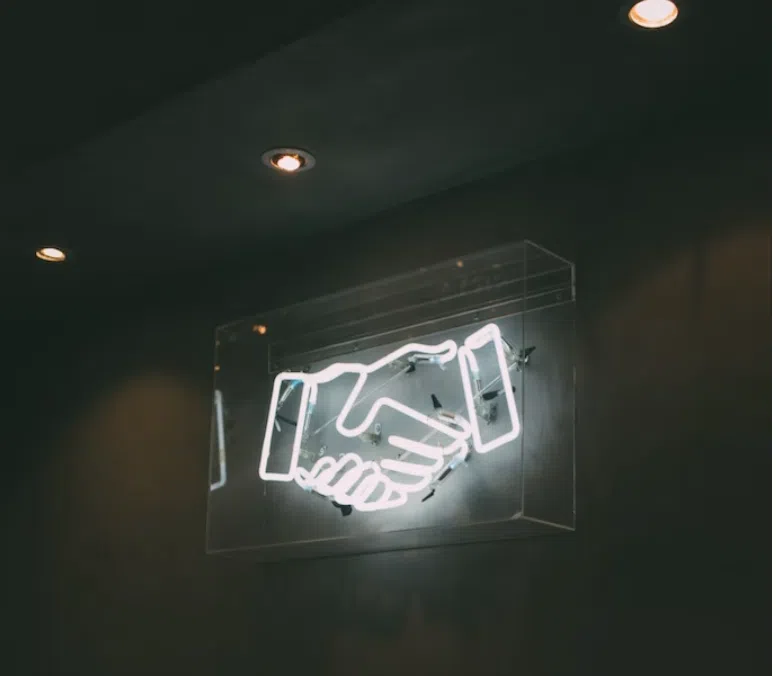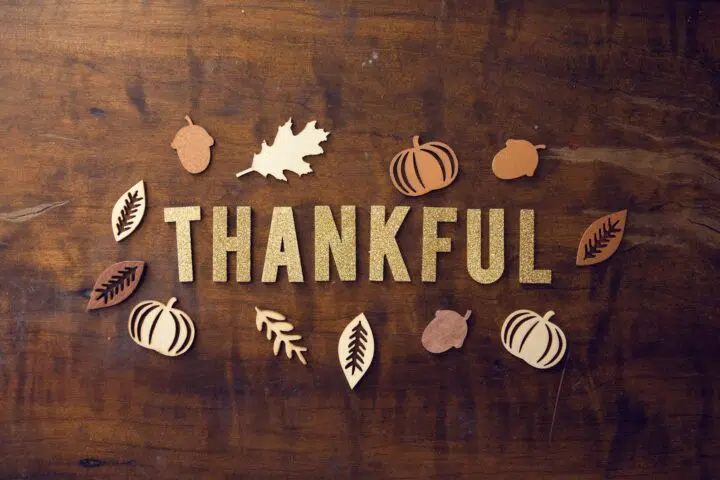While I’m on a roll, I’m just going to keep going. Last week, I implored artists of all kinds to stop compromising themselves in order to serve others. In other words: stop being afraid to justifiably raise your prices out of a false sense of doing good. Now I’d like to take a look at the other side of the equation and speak to planners and organizers about how they can really benefit artists.
In 31 years of working in the fields of writing, publishing, and speaking, I have rarely met anyone who asked me or my friends to do something for free or low-fee who didn’t wholeheartedly believe that by providing us exposure, they were doing us a favor in return. Or should I say, who didn’t want to wholeheartedly believe they were doing us a favor. These were and are good people often working for very good causes.
Most artists and creatives are approached quite often to donate our wares to silent auctions, speak for gratis at public events, mentor new artists, volunteer our time, or teach for free, etc. Nearly always, the people approaching us work within an organization or industry that serves others, and they truly desire to bring something of value to their customers or clients. It’s most definitely a compliment that they think to come to us, and we appreciate that.
Usually, we’re promised that our donations of time, products, or skills will be highlighted in programs, flyers, brochures, social media, signage, etc., and that the exposure we get from those marketing efforts will surely lead to more paid work. Except, it almost never does. We know that, and unless they’re very new to their job, they probably know it, too, if they’re being honest with themselves.
After many artists have done our fair share of free things believing they will somehow pay off, we often do tell the organizers we saw no noticeable return on our time or talent. In other words, we have provided concrete feedback, many times over, that the system is broken. But somehow, most planners convince themselves their event, program, conference, etc., will be different.
While all of this has been true for a long time, it’s never been truer than it is now, post-pandemic. Many organizations have gone back to holding their conferences and events in much the same way they did before COVID. But the crowds are not coming back. And people are not spending their money in the same ways they once did. Also, budgets and priorities have changed at many of the institutions, organizations, or businesses that used to hire us at full fee.
We artists are guilty of continuing to show up to these types of events knowing full well we no longer get the response we once did. I’m not sure why. Maybe it’s too hard to let things go. Maybe it feels too daunting to build new systems. Maybe it’s too difficult to say no when for years you said yes. But organizers are guilty, too, of continuing to convince themselves those old arrangements are reciprocal in any real way.
So, what’s the answer? Should we, as artists, refuse to do anything for free or low-fee? Refuse to give our products, skills, and time to those who can’t pay but would benefit from our offerings? Absolutely not! It’s as simple as saying, “I can do two half-fee performances for nonprofits per year” or “I can donate to three silent auctions” or “I can mentor one student per year.” That kind of thinking helps. But it doesn’t change what isn’t working.
And that’s where our partners come in. How can you honor the artists whose work and skills you seek in a meaningful way? How can you think differently? For example: how much have you really made lately on your silent auction baskets? As much as you did five years ago? Because if no one is even checking out those tables, how much exposure are you actually giving to the artists who donated?
What is the attendance lately at your fundraisers? As much as it was five years ago? Because if it’s lower, are you really providing much exposure to the singer who came for free?
What are the attendees at your teachers’ conference really looking for these days? Are the budgets still there for them to actually hire a writer or artist to come into their classrooms? If not, can you still truly promise those artists that paid school visits are a possibility?
And if your fundraising events are seeing increased attendance, can you look now honestly at whether you can afford to pay your artists?
There will be times, of course, when our partners really do need us to come for free or low-fee –maybe they didn’t get the grant they hoped for or they’re brand new and on a strict budget—and maybe we’ve already met our quota for those events or offerings for the year. Then it’s up to us. But if our partners can’t afford to pay us, and we do want to help, could they provide something with more actual value than the perceived value of exposure? Maybe a board member can donate a night at their ski condo. Or the nonprofit can use a different budget to buy some of our work to display in their office. Maybe the business hosting the all-day event could offer one of its services for free to us as a trade. Those are just a few examples.
And if you can’t afford to pay, please be honest with us and with yourselves about that. None of us, artists or organizers, are going to be motivated to work toward creative new solutions to this old problem if we continue to convince ourselves that in this ever-louder, ever-more-crowded, ever-busier world, a bit of exposure really moves the needle at all.
If you like this post, please share and credit Teresa and Bursts of Brilliance for a Creative Life blog



